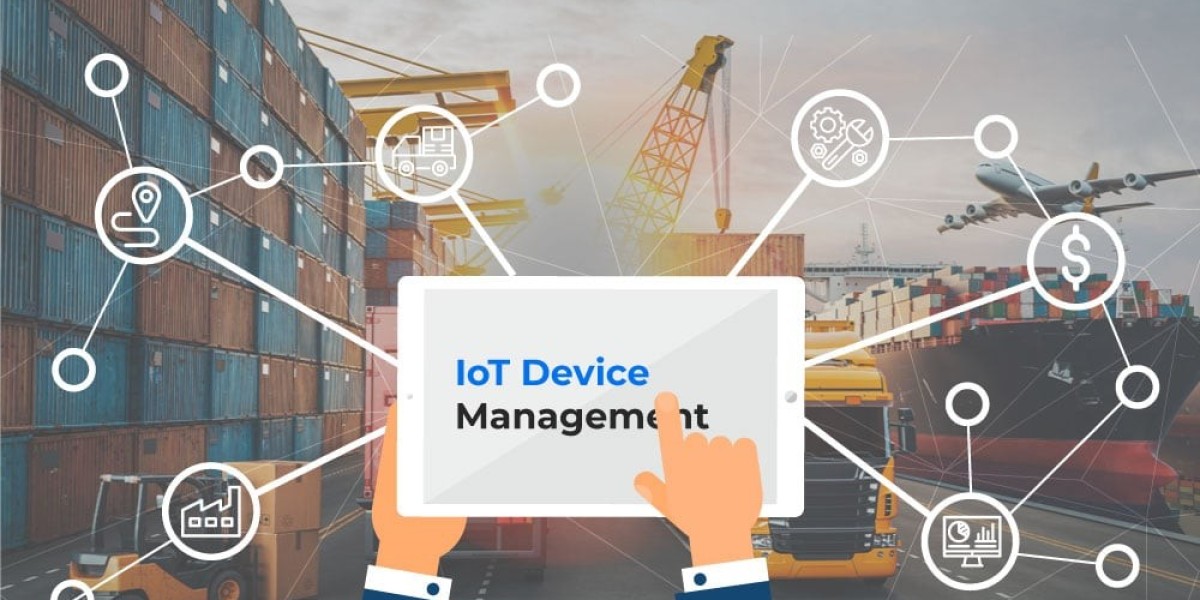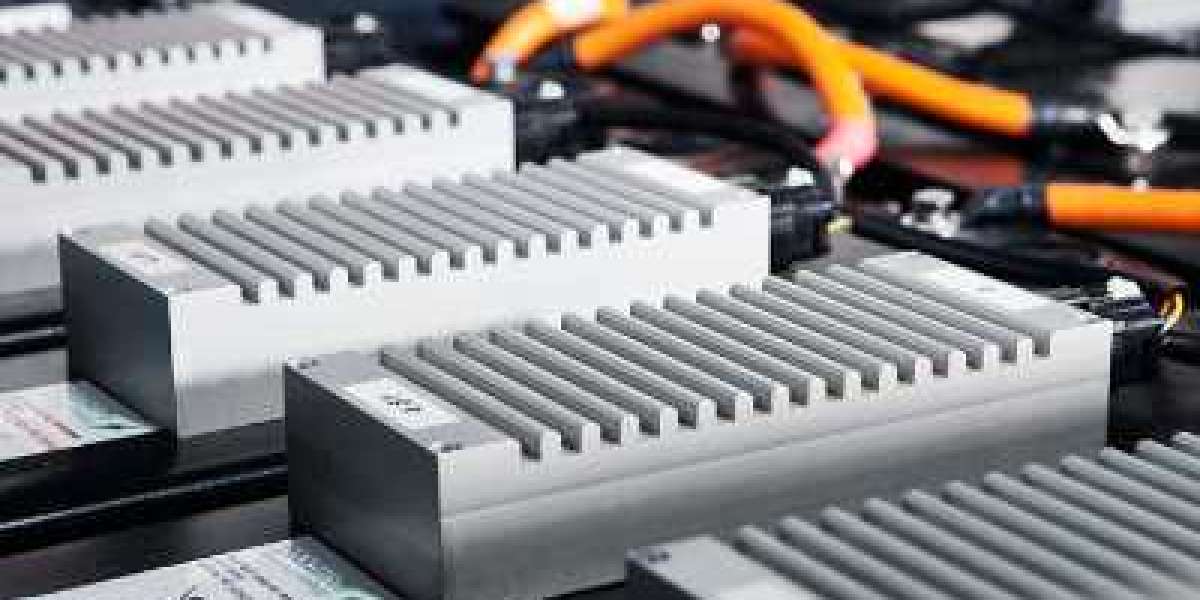The Internet of Things (IoT) is transforming industries by connecting devices and enabling real-time data insights. However, managing these connected devices efficiently requires a robust IoT device management system. This blog explores its importance, key functionalities, challenges, and applications in smart water management using IoT and industrial IoT environments.
What is IoT Device Management?
IoT device management refers to the process of provisioning, monitoring, maintaining, and securing IoT devices throughout their lifecycle. It ensures smooth communication, security, and efficient operation of connected devices, making it critical for scalable IoT solutions.
Key Features of IoT Device Management
Device Onboarding and Provisioning
Securely adding new devices to the network.
Assigning unique identities to prevent unauthorized access.
Remote Monitoring and Control
Tracking device health, performance, and connectivity.
Remote troubleshooting and configuration to reduce downtime.
Firmware Updates and Maintenance
Deploying over-the-air (OTA) updates for security patches and performance improvements.
Ensuring compliance with industry standards and regulations.
Data Management and Analytics
Collecting real-time data for predictive maintenance and decision-making.
Enabling automation and AI-driven optimizations.
Security and Compliance
Implementing encryption, authentication, and access control.
Detecting and mitigating cybersecurity threats.
Challenges in IoT Device Management
Despite its benefits, IoT device management comes with challenges such as:
Scalability Issues: Managing a vast number of devices across different locations.
Interoperability Challenges: Ensuring seamless integration across multiple vendors.
Security Threats: Protecting devices from hacking, unauthorized access, and data breaches.
Network Reliability: Maintaining uninterrupted connectivity in remote environments.
Applications of IoT Device Management
1. Smart Water Management Using IoT
With IoT-enabled water management, utilities can improve efficiency through real-time monitoring and automation. IoT device management allows for:
Continuous monitoring of water levels, flow, and quality.
Optimized water distribution and conservation efforts.
Deployment of IoT tank level monitoring systems for accurate resource management.
2. Industrial IoT (IIoT) Applications
In industrial settings, IoT device management enhances efficiency and productivity by:
Enabling predictive maintenance through real-time sensor data.
Enhancing supply chain transparency with connected asset tracking.
Using IoT gateways to streamline communication between devices and cloud platforms.
Role of IoT Gateways in Device Management
An IoT gateway acts as a bridge between edge devices and cloud networks, playing a crucial role in IoT device management by:
Aggregating and preprocessing data before transmission.
Enhancing security with encryption and authentication protocols.
Enabling edge computing for faster decision-making and reduced latency.
Future Trends in IoT Device Management
As IoT adoption continues to grow, key trends shaping IoT device management include:
AI and Machine Learning: Automating device diagnostics and decision-making.
Blockchain for Security: Enhancing data integrity and access control.
Edge Computing: Reducing reliance on cloud processing for faster responses.
Conclusion
Effective IoT device management is essential for maintaining seamless operation, security, and scalability in IoT deployments. Whether in smart water management using IoT, industrial IoT, or IoT tank level monitoring, robust device management solutions ensure efficiency and reliability. As IoT technologies evolve, businesses must invest in advanced device management systems to maximize performance and security in their connected ecosystems.



